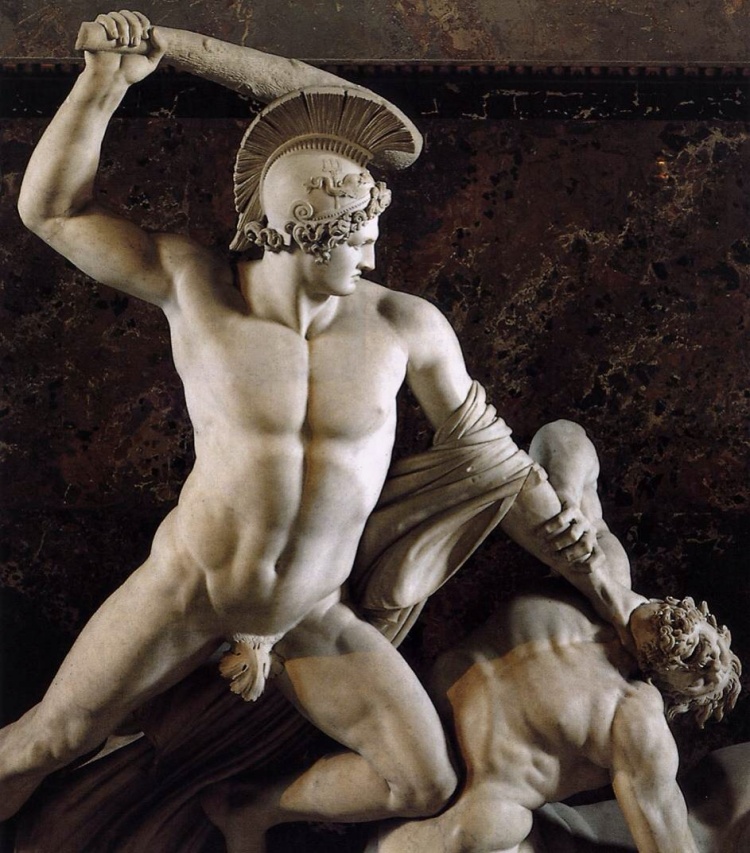You may already know that the new buzz word in marketing is storytelling. You may also wonder why it took the marketing gurus so long to realize that stories resonate strongly with humans beings, and therefore, with clients. Brands must tell a story to the customers, and good marketers should, therefore, learn as much as possible about the craft of storytelling to be able to create and project a more impactful and relevant positioning in the minds of their audience.
We already started discussing the mythological structure of storytelling in a previous post (please refer to “The Power of Storytelling, the Mythological Structure”- http://wp.me/p4gEKJ-F2 – you may want to read it before you continue). Now we pick up where we left off, and begin to cover the kinds of characters we come across in muscular and enduring stories.
The renowned psychoanalyst Carl Jung put forward the theory that the elements (themes, topics, characters, plot) commonly found in dreams are the same ones present in the mythologies of all peoples at different times. He called them archetypes.
Joseph Campbell, the famous American mythologist, went further to propose that all stories have basically the same structure. In his seminal book THE HERO WITH A THOUSAND FACES, he identifies and explains the phases that a typical hero or protagonist goes through.
Hollywood was quick to capitalize on Campbell’s powerful ideas and created a simplified memo for scriptwriters spelling out the stages of the hero’s journey and the typical characters found in mythological stories. When used with creativity and originality, these phases are hardly noticeable on the surface of a good movie, and the characters may take on many different forms, but the closer the deep structure of the plot remains to its mythological backbone the stronger it will resonate with the viewers.
We covered the stages of the story in a previous post. Now, who are the usual characters in powerful stories? Here’s the list, and its implications for marketing:
The hero: this is the protagonist or the representation of your customer. He will have to overcome problems and bypass obstacles to get to his goal. He has a strong need that must be met – by your solution or product.
The shadow: this usually represents the hero’s opponent or dark side. In marketing, we may think of it as our competition, or any flaws our products may have that must be corrected or features that need to be enhanced.
The mentor: in stories, they appear as older and wiser men or women, whose job is to guide and aid the hero along the path to accomplishing his goal. Marketers may use this concept in their messages and positioning. Think of the communications with your customers as ways of mentoring them.
The herald: this is the character that announces to the hero that he will need to act upon his needs and desires to have them sorted out. He pushed the hero forward. What better metaphor for a CALL TO ACTION? Your “call to action” needs to be included in all the communications with the client, your hero. It’s your job to tell them what to do next. Clarify the path.
The threshold guardians: these are people who hinder the hero’s progress at different plot points. They are not necessarily evil, but they will be obstacles to overcome. Think of them metaphorically as any obstruction on the client’s path to the micro or macro conversions you set up: faulty or unhelpful landing pages, redirect errors, unclear info about the product, interruptions or problems on the shopping cart path, etc. Be an ally to the hero and help him overcome these difficulties.
The trickster: that is a character that provides comic relief in stories. Also, these pranksters may provide useful information through their jokes. As a marketer, keep in mind that what people need, through your messages (you blog posts, for example), is to have info, develop their knowledge or to have fun. Don’t underestimate the power of comedy. This is a powerful way to win the customers’ hearts and minds.
The shapeshifter: usually someone who keeps changing their form or intentions. We never know if he’s an ally or an enemy. Or he may start off as an enemy and become an ally eventually. As a marketer, I think it’s very useful to see testimonials and comments on social media sites as typical shapeshifters. They will sometimes align with your intentions in helping the hero get to his (and your) goal, but they can also badmouth you to the point of putting the whole journey in jeopardy. Shapeshifters need to me monitored closely on the Internet and responded to immediately. This is a huge part of your job as a marketer.
We hope this analysis of the main archetypes will help you structure the story of your brand more effectively. In future posts, we will carry on imparting more tips to help you hone your skills as a storyteller and marketer.
Au revoir
Jorge Sette.

Absolutely fantastic! Great thoughts and ideas! Tks.
LikeLike
Thanks, Viviane!!
LikeLike